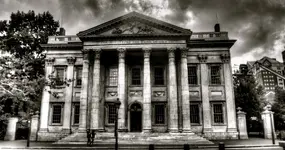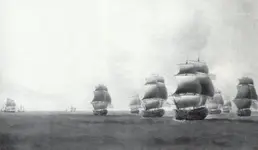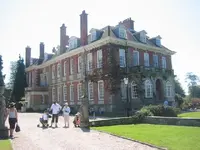Or...Maybe it was someone who could have been...
You!
Recently I was attending a Car Auction when I noticed a group of people standing around the already sold vehicles.
I walked over to them and mentioned that these cars were already sold and that the ones left for sale were over by the ramp awaiting the Auctioneer.
They just ignored me and continued their poking, prodding, and gawking at these vehicles.
It reminded me of this Thread... where back in 2014, I was the only person to post a Map showing where I believe the Depositor's Treasure Vault is today located.
Almost all refuse to talk about this...they preferred to argue and debate nonsensible issues such as...Who named the Potbellied Stove?...were these trees Acacia or Oak?...and recently...when was Cement invented?
Few...thought to help pick up a shovel and help me dig the 20 foot entrance into this Vault...ending this mystery.
Most...went back to the Sold Vehicles...to Kick the Tires!
View attachment 1900561









